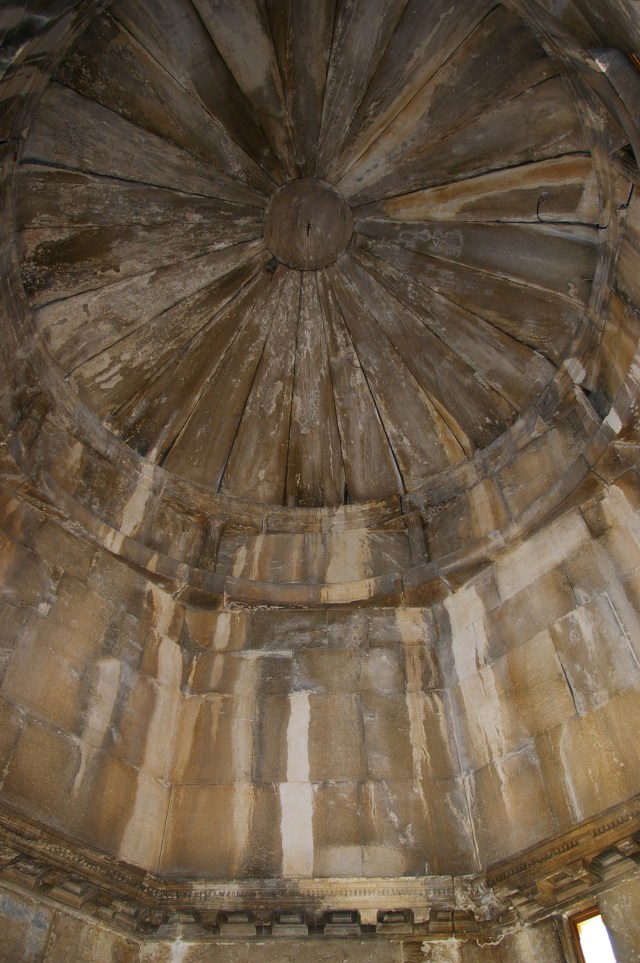Located near Durango, Colorado, are the cliff dwellings at Mesa Verde National Park. It is a wonderful location to see the remains of the homes of the Ancestral Pueblo people who lived there over a thousand years ago. We have been to ruins in Europe as well as South America, but it is still interesting to visit the ruins in the United States as well. It is important to understand that there was a thriving civilization in North America long before it was discovered by the people from across the ocean.



One of the great things about Mesa Verde National Park is that you’re able to climb up to and walk through the cliff dwellings located there. The ancient Pueblo people inhabited the dwellings for about 700 years between 600 and 1300 AD. Some of the most interesting buildings are the Kivas, which the Pueblo people used for ceremonies. There is a whole in dug into the center of the floor of the Kivas called a sipapu, which represents their belief that their ancestors came to the surface from the underworld. It is well worth taking a tour while you’re there so that you learn about the ancient Pueblo people as well the current efforts to preserve the ruins. One of the enjoyable things is that you are able to walk through the ruins, through the doorways, hallways, into the Kivas, it is a true hands on experience.



Mesa Verde is the most well-known ruin in the area, but take the time to visit the Aztec Ruin National Monument. These aren’t cliff dwellings, but the more typical ruins of the ancient Pueblo people. A smaller version of the ruins found at Chaco Canyon in New Mexico, this not as well-known ruin is another great place to explore the history of the Southwest. You are able to walk through these ruins as well, although not as well-preserved as the ruins at Mesa Verde, it is still a treat to visit. Understanding that there was a civilization building large cities here in the United States over a thousand years ago is often a surprise to people as we always think of Europe and the Middle East as the cradle of civilization.




























